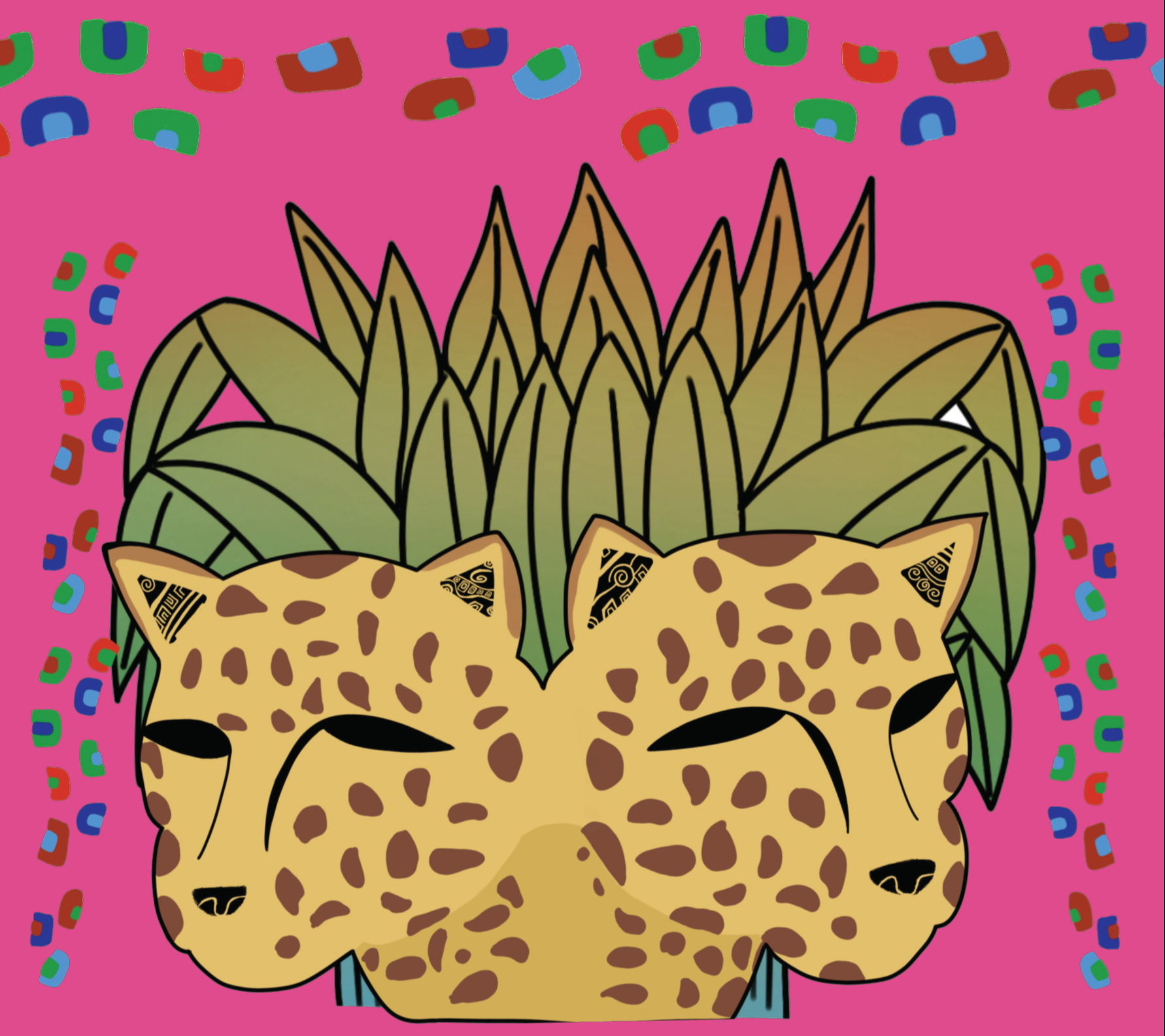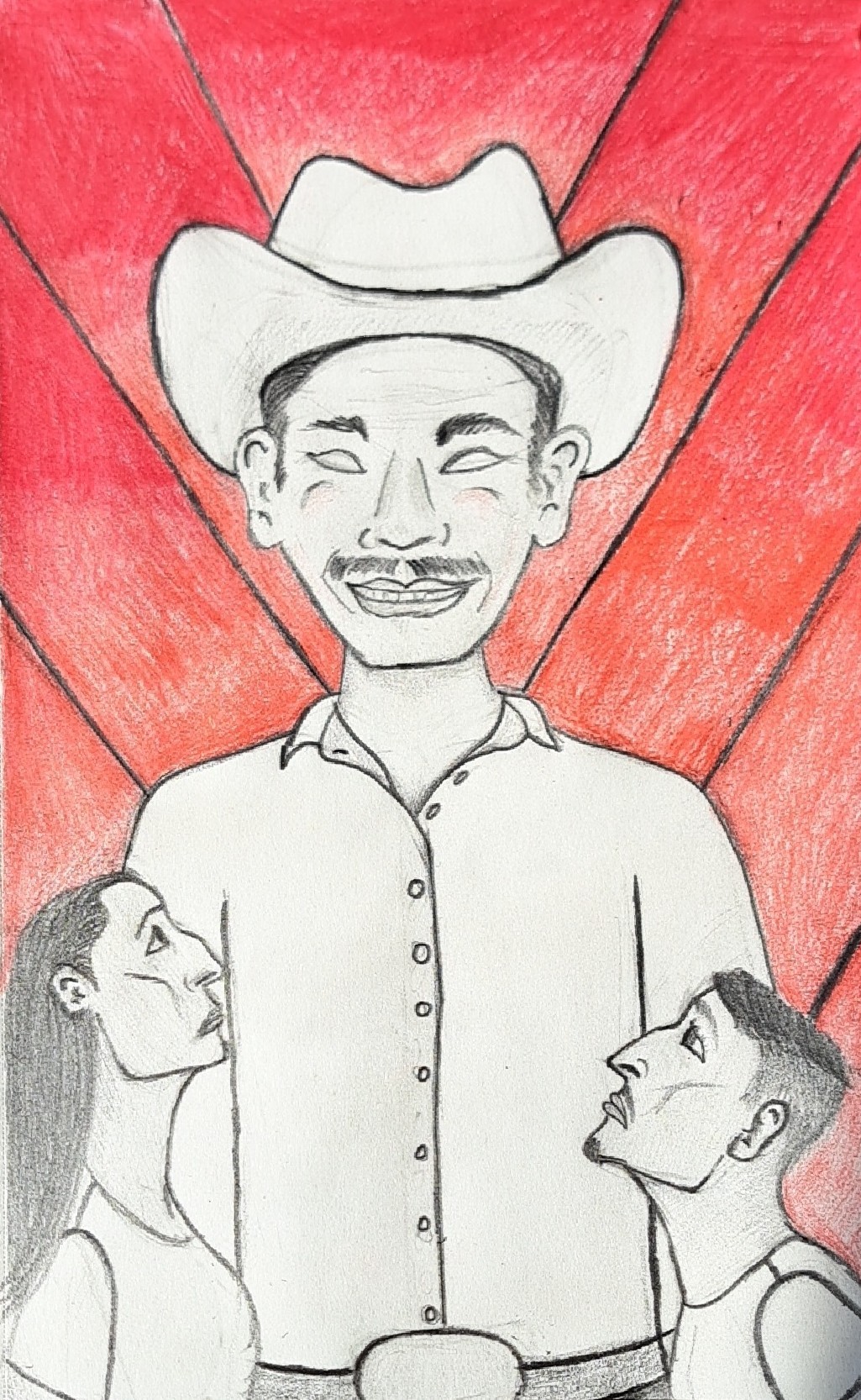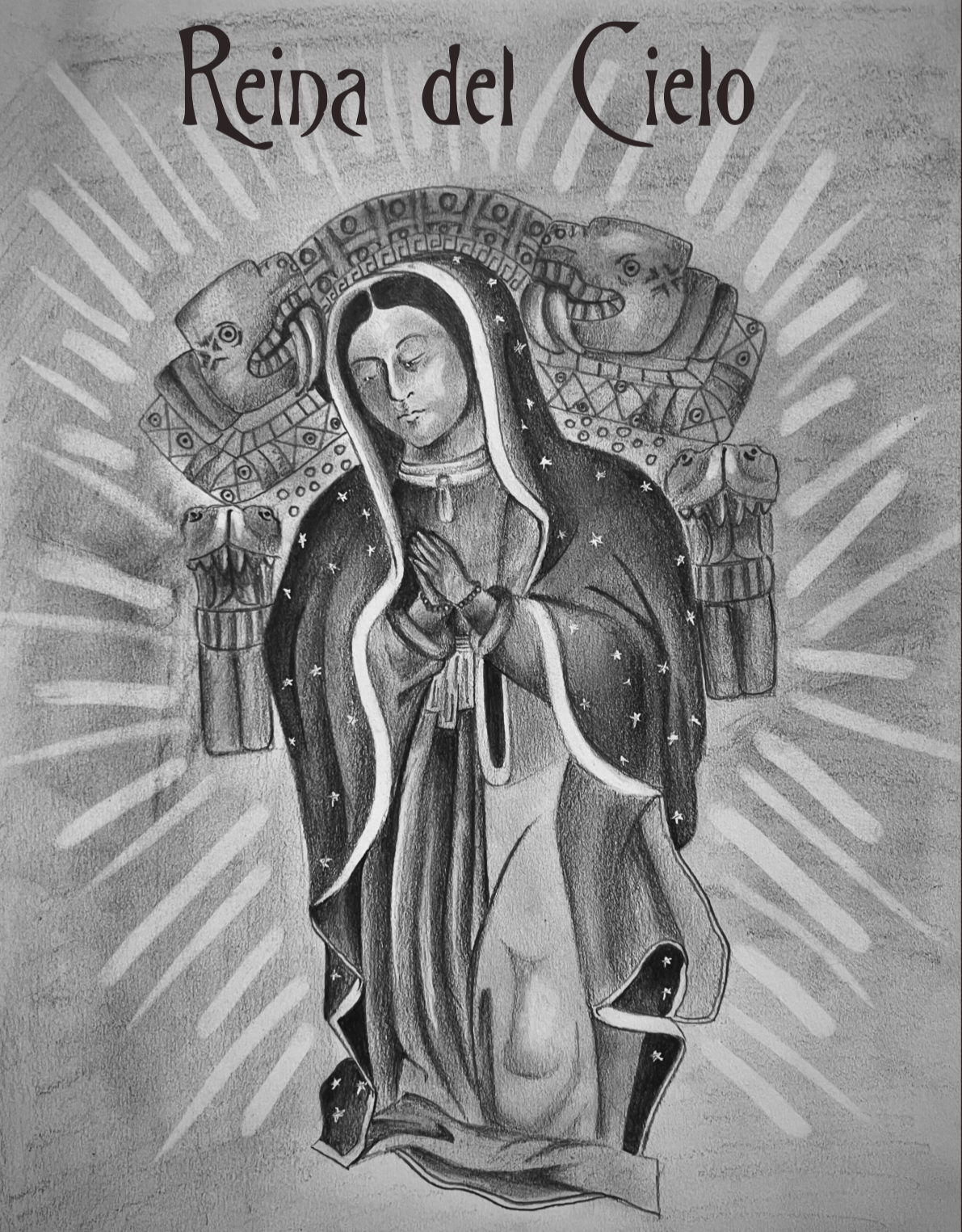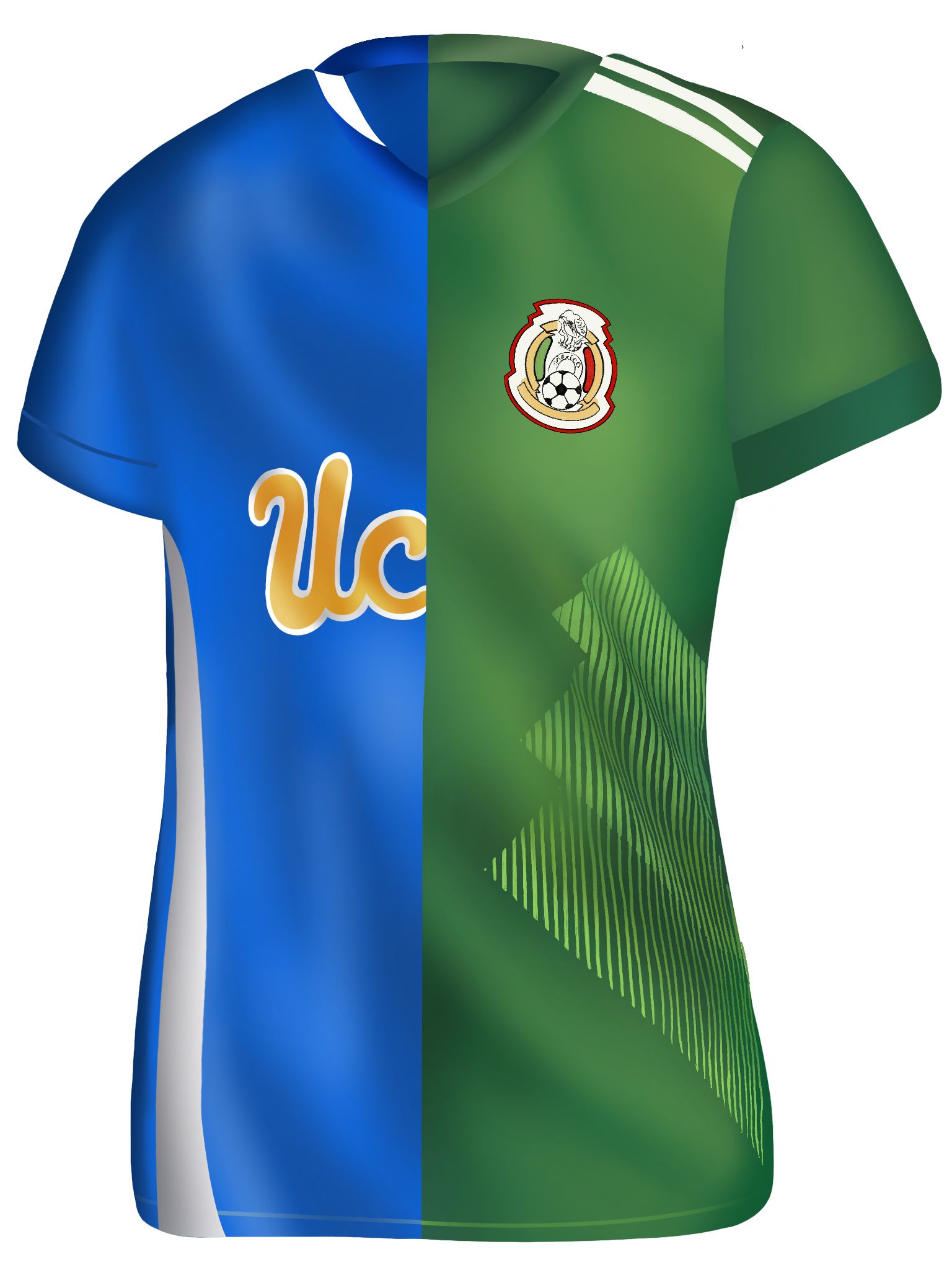Resistance and Solidarity: Reimaging Jaguar Symbolism in Latin America

Visual Credit: Esiselda Jimena Linares
Throughout history, the literature world has been heavily influenced by the western world and from this has appropriated multiple stoic feline characteristics from the animal kingdom. This has been done as a way to superimpose the view that, like a feline, humans ferociously navigate a world of predators in search for dominance. Aside from its naturalized desire to fulfill capitalist archetypes, feline characteristics have manifested themselves as symbols. The jaguar in particular has been used to represent comfort and resilience for many indigenous cultures throughout Latin America.
Amazonic Trapeze:
In the case of the studies of flora and fauna in the Amazonic Trapeze, the jaguar has been named the main actor in advancing developmental efforts in its worldview, ritual, social and economical sectors in society. For indigenous communities like the Ticunas, Cocamas, Yucunas, Macunas, and Ocainas—native to surrounding areas of the Amazonic Trapeze: Santa Sofía, El Progreso, Zaragoza, and the cities of Leticia—the jaguar plays an important ecological role in natural ecosystems. In the ecological sense, Jaguars are seen as species of quality control that regulate the habitat that they live in via their control (and balance) of the food chain.
Apart from their key role in sustaining social and natural ecosystems, jaguars were considered symbols of war, using their strength and power and imposing those characteristics onto their war heroes. Most importantly, “[k]ings were often given names incorporating the world balam, which they viewed as their companions in the spiritual world and protector of the royal household”. Rulers as well as war warriors wore jaguar garments to invigorate their strength and courage during war. However, since fur was highly valued, this privilege was privatized to rulers of the empires.
Colombia:
In the mythologies of the Kogi, an indigenous tribe located at the north mountain range in the city of Santa Marta, Colombia, the jaguar occupies a larger role in the origins of human existence. In many of the recorded manifestations of the jaguar, its main societal occupations lie in their role as a chaman, to which they were able to create rituals, war, and maintained a valued rulership in the mountains. Additionally, as chamanes, jaguars serve as guardians, healers, medics, and (spiritual) guides.
Due to the role that jaguars had as healers and spiritual guides, many of the reputations that were harbored in colonial times were negative, as they were condemned to be acts of witchery and diabolic. This narrative caused many jaguar-related practices and representations to be coded and occult to preserve them through materialization in ceramics, rocks, musical instruments, and rituals.
In the musical realm in Colombia, jaguar iconography was present across the pre-hispanic world. Instruments like the ocarinas were made from snails, sea shells and rocks; which were also considered markers of power and richness due to the highly specialized value of production. Additionally, these instruments were utilized during war times, as they channeled power and strength.
While anthropological scholarship has merely scratched the surface in the pursuit of reimagining ancestral knowledge, the jaguar is positioned as a transhistorical celestial body. A body that reconstructs animal-human cultural exchange within unmarked spatial bounds. This flexibility and connectivity across Latin America that the jaguar offers, highlights the significance of upholding and commemorating tribal knowledge that pushes against western perceptions. Intercultural exchange in Latin America thus becomes a gateway to solidarity that transcends spatial boundaries. In this fashion, activists bring to question capitalistic and imperial agendas that capitalize and simultaneously distort valued ancestral cosmovisions through their adaptation of feline symbolism. With the ferocity and strength that the jaguar offers, Latin American activist groups have channeled the rage of the jaguar as a means of resistance against oppressive western agendas. Similarly, the jaguar as a cultural symbol in Latin America connects people across boundaries, establishing solidarity. This creates refuge in a community that has shared values for ancestral ontologies.











Leave a Reply
Want to join the discussion?Feel free to contribute!